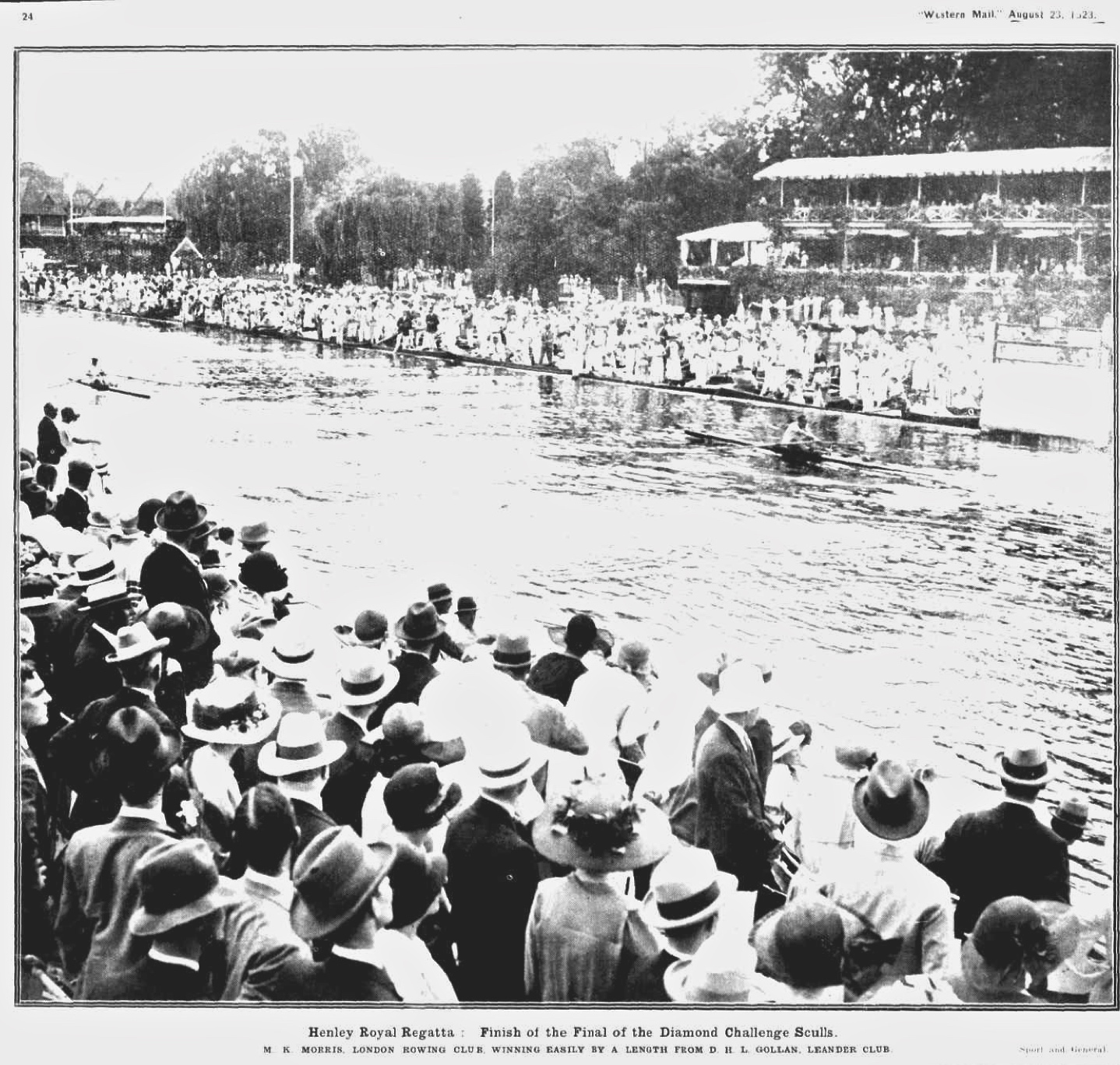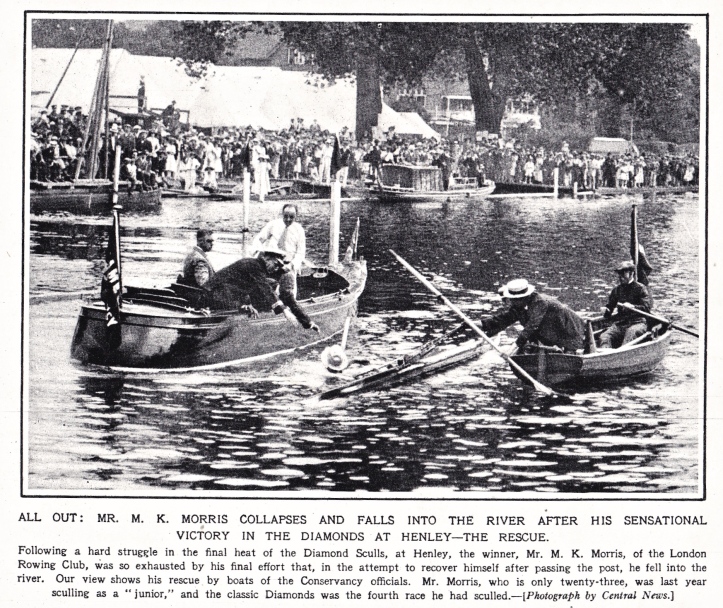This was a journey from Dartmouth down to Torcross, a voyage of about seven nautical miles.
The plan was to leave Dartmouth on an ebb tide and catch the
start of the tide going down Start Bay, a simple voyage. I set off
at midday to catch the tide out of the harbour.
There was low cloud and slight drizzle when I started, but
the weather started to clear. Although there was low light for photography, the
weather effects made Dartmouth more atmospheric.
The colours and tones blended in a way that made everything
seem like an impressionist painting.
I looked up at the Britannia Royal Naval College where my uncle had trained,
starting aged 13 years. His first action was four years later, when at dawn on D-Day, his ship, the H M S Warspite bombarded enemy gun emplacements from eight miles offshore. He was attacked by E Boats, before forcing a retreat. His ship wore out their 15 inch guns and went back to Portsmouth. (see:
As I exited, there were some yachts coming in, with the crews
trussed up in their sailing gear, having been voyaging in the rain.
The lack of wind and stillness, meant their conversation
carried over the sound of their engines and I heard one person talking about
PicoMicroYacht, saying ‘… and it has a radar reflector on the top of it’s mast
…’
At the mouth of the Dart Estuary I went along the southern
side of the channel.
The Kingwear Castle arrived, this ship being the last remaining operational coal fired paddle steamer in the UK.
It headed straight for me and
I wondered what evasive action I should take, if any.
It then became clear it was turning and having to create the
widest arc to go around smoothly.
Further down the coast was a reef with a series of rocks
called the Combe Rocks. Because of the calmness of the sea I decided to go between the Dancing Beggar and Combe Rocks rocks, gingerly moving forwards, also sticking to a path made by lobster pot
buoys. The Dancing Beggar rocks were to starboard.
Looking back towards Dartmouth I could see the rocks and also Mew Stone rock in the far distance. I was wondering whether low clouds would decend and create a fog.
Soon I was closing in on Torcross, with Start Point in the distance, the sea now silky smooth.
When I arrived, the tide was out but the small
stoned shingle beach made it easier to drag PicoMicroYacht upwards.
To make it easier I emptied the PicoMicrYacht of all gear,
including the rowing system, which is easily detachable. This reduced the weight to bare hull 60 kilograms.
I then rigged a bridle attached to bow and used a towing
technique. I walk two metres up the beach, faced PicoMicroYacht, and slipped the
bridle over my lower back. I then leant backwards. The weight of my
body provided enough force to slide PicoMicroYacht forwards for a few inches,
at which point I adjusted my legs and repeated the process.
PicoMicroyacht inched up the beach with
comparatively little effort. As the beach got steeper, I slalomed up it to
reduce the angle.
Because PicoMicroYacht moves so slowly, quite often people
see what I am doing and offer to help anyway.
I took a photograph of my radar reflector, which is set up so I can attach a navigation light on top.
Voyage details:
Plymouth high tide: 7.50 am
Tide: Springs
Left Dartmouth: Midday
Arrived Torcross: 3.30 pm
High tide Plymouth on 19 06 19 was 7.50. Set off at 12.00
midday when the tide turned south down Start Bay (four hours after high tide
Plymouth)

















































